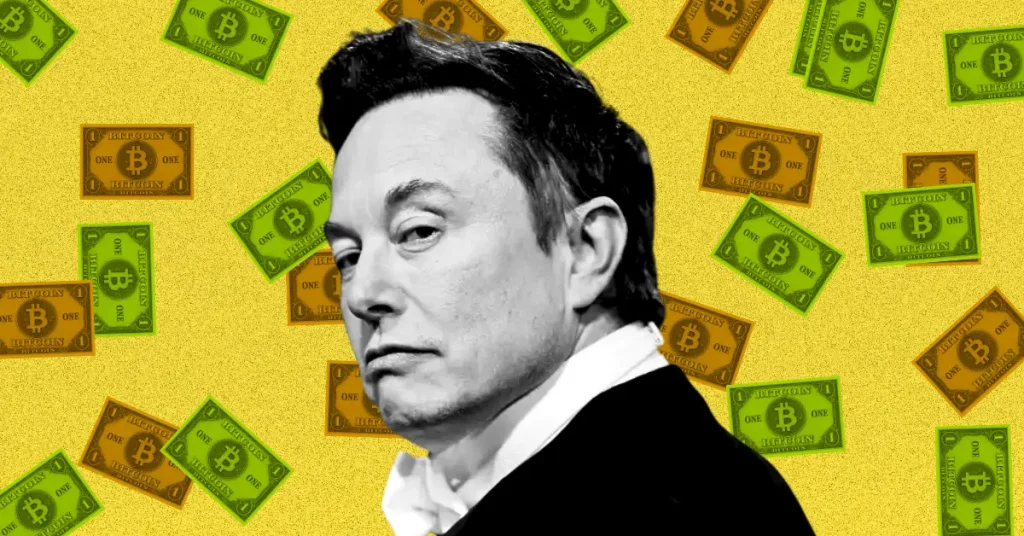
It’s been a rough year or so for crypto.
This includes the area of decentralised finance, where total value locked (TVL) has collapsed amid the bear market.
While the bulk of the scandals – Celsius, FTX etc – have originated within CeFi, DeFi has still come under scrutiny and faced challenges of its own. Critics point towards the need to overcollaterise causing a reduction of capital efficiency, higher rates in the wider economy decreasing the desire to chase yield on the blockchain, and the overall hit to crypto’s reputation as several factors hurting the area.
We interviewed Umee founder Brent Xu to pick his brain on DeFi, and the project of Umee which is fighting against all these headwinds. Umee is a blockchain lending algorithm, so Xu presents as an interesting viewpoint.
Invezz (IZ): With regard to borrowing and lending, what advantage does the blockchain offer specifically?
Brent Xu (BX): To best understand the advantages and disadvantages of blockchain-native borrowing and lending, it is important to consider the traditional financial system.
Debt markets are opaque and inefficient, which ends up creating problems for investors and the economy, at large. Blockchain is inherently transparent and efficient. Users can quickly transact funds, and the permanent, open-source nature of blockchain allows for increased oversight.
Blockchain also offers the automatic enforcement of contracts. As we saw during the collapse of platforms like Blockfi, Celsius and 3AC, borrowers repaid blockchain loans prior to repaying loans that were owed to centralized platforms.
IZ: How do you build credit worthiness into debt markets on the blockchain? How is the rate affected by the counterparty’s credit risk?
BX: Thanks to the permanent records of the blockchain, individuals lending and borrowing history is stored and accessible for everyone. As a result, creditworthiness can be derived from reviewing these factors.
The higher the counterparty’s credit risk, the higher their rates would be. Regardless of the size and reputation of an institution, the debt market industry inherently presents counterparty risks. This is why risk management tools and solutions are imperative for the development of DeFi, and for the success of any lending and borrowing platform.
Credit worthiness is also built upon having a viable set of base interest rates which you can use to price credit spreads. Prior to having credit, you need to build a set of base rates or a yield curve.
IZ: Will it be hard to build up liquidity on Umee to a place where it can rival non-blockchain domiciled debt markets? How do you plan to do this?
BX: Umee is a blockchain in the Cosmos ecosystem, and there has been a significant increase in liquidity as the ecosystem rapidly expands.
In fact, Umee recently surpassed $6 million total value locked in under a month, exemplifying this tremendous growth. While the traditional debt market is a $300 trillion industry, the maturation of DeFi lending and the continued adoption of blockchain will further increase liquidity.
Umee will build lending infrastructure tools such as a term structure of interest rates that uses native crypto primitives. Umee will also build crypto-native repo rates as well as longer term lending rates in preparation for bringing the broader fixed income markets into crypto.
IZ: How badly has the bear market affected the vision, with regard to the collapse in volumes and interest that the crypto space has seen over the last year?
BX: While macroeconomic factors have undoubtedly impacted cryptocurrency adoption at large, DeFi has seen growth in recent months as users recognize the benefits of decentralized platforms over centralized ones.
In fact, recent reports have shown that total DeFi users increased 35% year-over-year and surpassed 6.7 million in January of this year.
Our priority is developing solutions to improve safety, rebuilding trust among users, and driving the industry forward. A recent example of this is the launch of Historacle, the first smart oracle in the blockchain industry which creates risk profiles to better regulate borrowing, lending, and collateralization.
IZ: Critics of DeFi lending argue that the need to overcollaterise reduces capital efficiency. What do you think of this criticism? Do you believe there is there a way around this?
BX: Overcollateralized loans does in some ways decrease capital efficiency, though undercollateralized loans increase overall risk. A healthy medium needs to be established in order to ensure the right lending ecosystem.
The problem with the lending market is not the nature of the loans. It is more along the lines of lenders trying to get too creative with loans before the necessary primitives have been built.
For example, credit-based loans were issued all throughout 2020-2022 prior to proper credit profiles being established Loan terms are nebulous and unestablished as lenders provide flexible financing freely exercisable clauses on when to repay or call back a loan.
The problem is not capital efficient vs non-capital efficient. The real issue is maturity of borrowing and lending practices, and it all comes down to infrastructure.
IZ: Do you think DeFi lending can ever scale to the point where it can challenge trad-fi? Why do you believe it has been slow to kick on from “DeFi summer” of 2020?
BX: Yes, absolutely. While blockchain has clear advantages in terms of its transparency, immutability, and efficiency, we will not see sustained DeFi growth until debt markets see blockchain as a system compatible with the requirements of real-world finance and economics.
Building this compatibility requires tools such as a term structure of interest rates, an institutional borrowing and lending hub, and full cross-chain interoperability, which we are building at Umee.
IZ: A little bit off-topic perhaps, but I have to ask you about the global debt market! Are you concerned at the level of debt, like some people within crypto, with US national debt now at $31.5 trillion?
BX: The Global debt markets are constantly evolving and changing based on different global macroeconomic profiles. As the debt market grows and develops, we’ll see more reliance on monetary policy to control this trend.
As Federal reserve banks across the globe are increasing interest rates, we’re likely going to see a slowdown in overall debt issuance in the coming decade.
I think the real way to answer this question is from the technology angle. Today, the debt markets are driven by macroeconomic policy and the reliance on legacy infrastructure to make determinations of the need for capital.
As technology evolves, we’re likely going to see better analytics around capital necessities across sectors and more efficient processes for how debt is issued.
The post Interview: What is the future of DeFi? Umee founder Brent Xu appeared first on Invezz.















 English (US) ·
English (US) ·